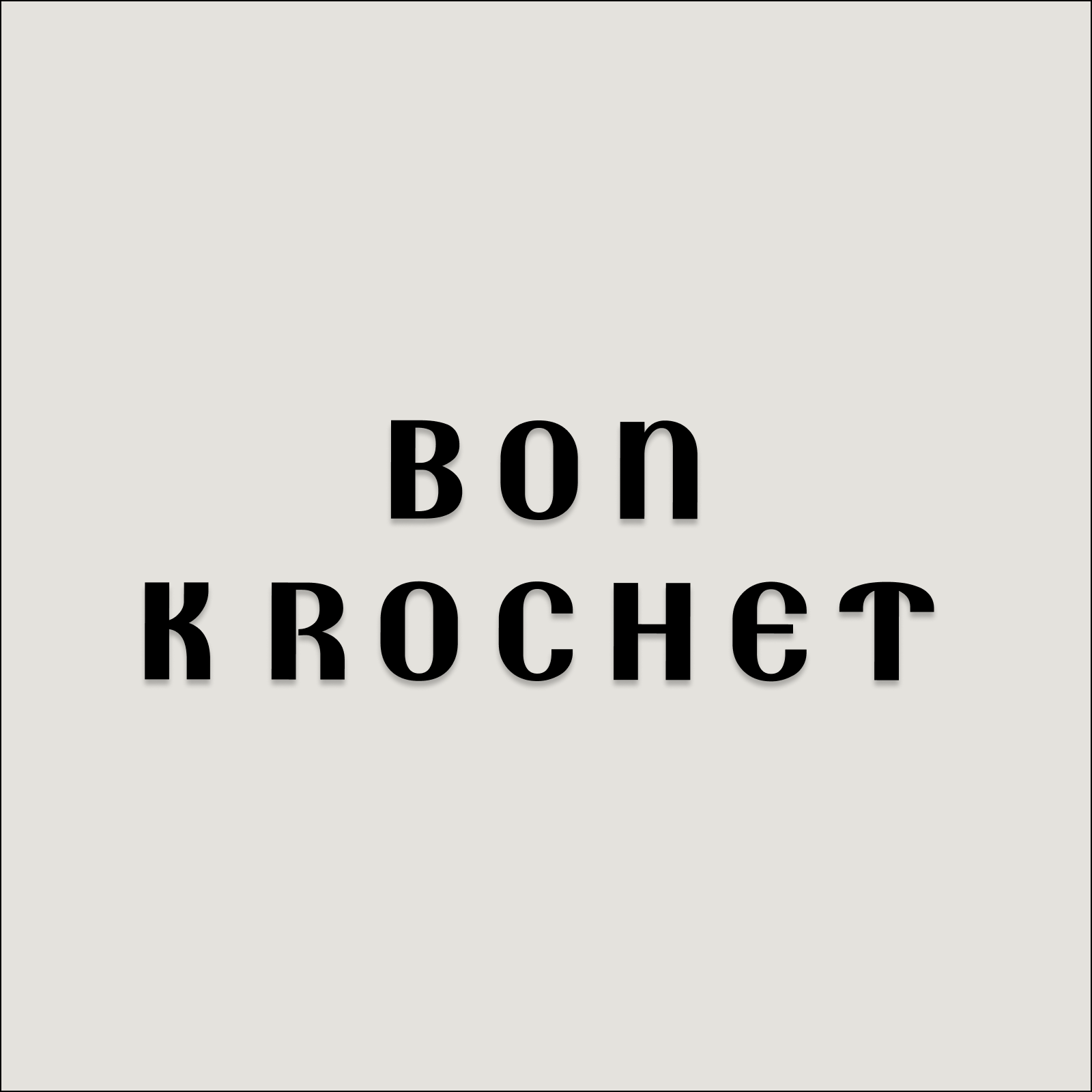French Haute Couture Embroidery: The Art of Golden Fingers
- Bon Krochet

- Feb 8
- 3 min read
Updated: Apr 29

French Haute Couture Embroidery is a dazzling craft where thread, needle, and imagination weave magic into fabric. Known as the pinnacle of textile artistry, this tradition transforms garments into wearable masterpieces, blending centuries-old techniques with boundless creativity. In the ateliers of Paris, artisans with “golden fingers” elevate fashion into an art form, making French Haute Couture Embroidery a symbol of elegance and precision.
A Heritage of Exquisite Craft
The roots of French Haute Couture Embroidery trace back to the opulent courts of Versailles, where intricate needlework adorned royal garments. By the 19th century, Paris became the epicenter of haute couture, with houses like Chanel, Dior, and Givenchy relying on skilled embroiderers to bring their visions to life. The craft flourished under the guidance of historic ateliers like Lesage and Montex, which remain guardians of this meticulous art.
These ateliers preserve techniques honed over generations, from delicate tambour embroidery to the shimmering point de Lunéville. Each stitch is a testament to patience and expertise, with artisans often training for years to master the craft’s demanding precision.
The Artistry of Golden Fingers
French Haute Couture Embroidery is defined by its extraordinary techniques, each requiring dexterity and an eye for beauty. Artisans, often called petites mains (little hands), use tools like the tambour hook—a needle-like instrument—to create intricate patterns at remarkable speed. Key methods include:
Lunéville Embroidery: A crochet-like technique that attaches beads and sequins with invisible stitches, creating a fluid, luminous effect.
Goldwork: Incorporating metallic threads, sometimes real gold, to craft regal motifs inspired by historical tapestries.
Vermicelli Stitching: Fine, swirling patterns that add texture and depth to delicate fabrics like tulle or organza.
3D Embroidery: Sculpting raised designs with padding or wire to give garments a tactile, almost architectural quality.
Materials are as luxurious as the techniques: silk threads, Swarovski crystals, freshwater pearls, and hand-cut feathers. A single couture gown may take hundreds of hours to embroider, with artisans working in harmony with designers to realize a shared vision.

A Cultural and Creative Legacy
French Haute Couture Embroidery is more than embellishment—it’s a cultural treasure. In the early 20th century, it became integral to haute couture’s identity, distinguishing bespoke garments from mass-produced fashion. Iconic moments, like Dior’s 1947 New Look with its embroidered floral skirts, cemented its role in defining elegance.
The craft also reflects France’s artistic dialogue with the world. Motifs draw from nature—blooming roses, cascading vines—or global influences, like Japanese kimono patterns or Indian paisleys. Each piece tells a story, whether it’s a gown for the Cannes red carpet or a bespoke creation for a private client.
The Modern Atelier
In Paris today, French Haute Couture Embroidery thrives in a delicate balance of tradition and innovation. Ateliers like Lesage collaborate with contemporary designers, creating embroidery for both couture runways and ready-to-wear collections. Technology, such as digital pattern mapping, complements handwork, allowing for precision in complex designs without sacrificing the craft’s soul.
Sustainability is also shaping the craft. Artisans repurpose vintage beads and use eco-friendly threads, while training programs ensure the next generation inherits these skills. The Métiers d’Art shows by Chanel highlight this legacy, showcasing embroidery as a living art form that evolves with each season.
Why French Haute Couture Embroidery Endures
The magic of French Haute Couture Embroidery lies in its ability to transform fabric into poetry. Each stitch, bead, and thread carries the weight of history and the spark of innovation. A gown embroidered with golden vines or a jacket blooming with crystal flowers isn’t just clothing—it’s a narrative of artistry, worn for a moment but remembered forever.
For those enchanted by this craft, visiting Paris’s fashion museums or exploring atelier exhibitions offers a glimpse into its brilliance. French Haute Couture Embroidery is the work of golden fingers, weaving dreams into reality with every meticulous stitch.

Comments